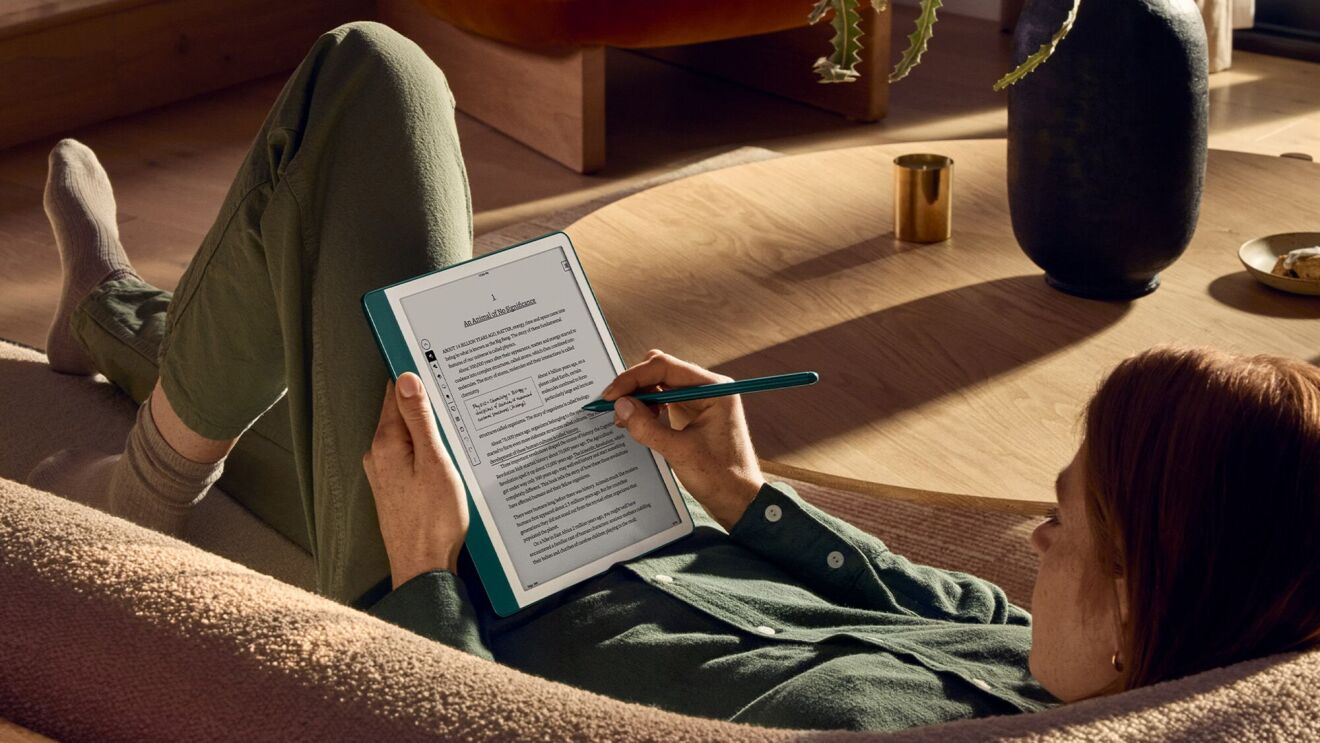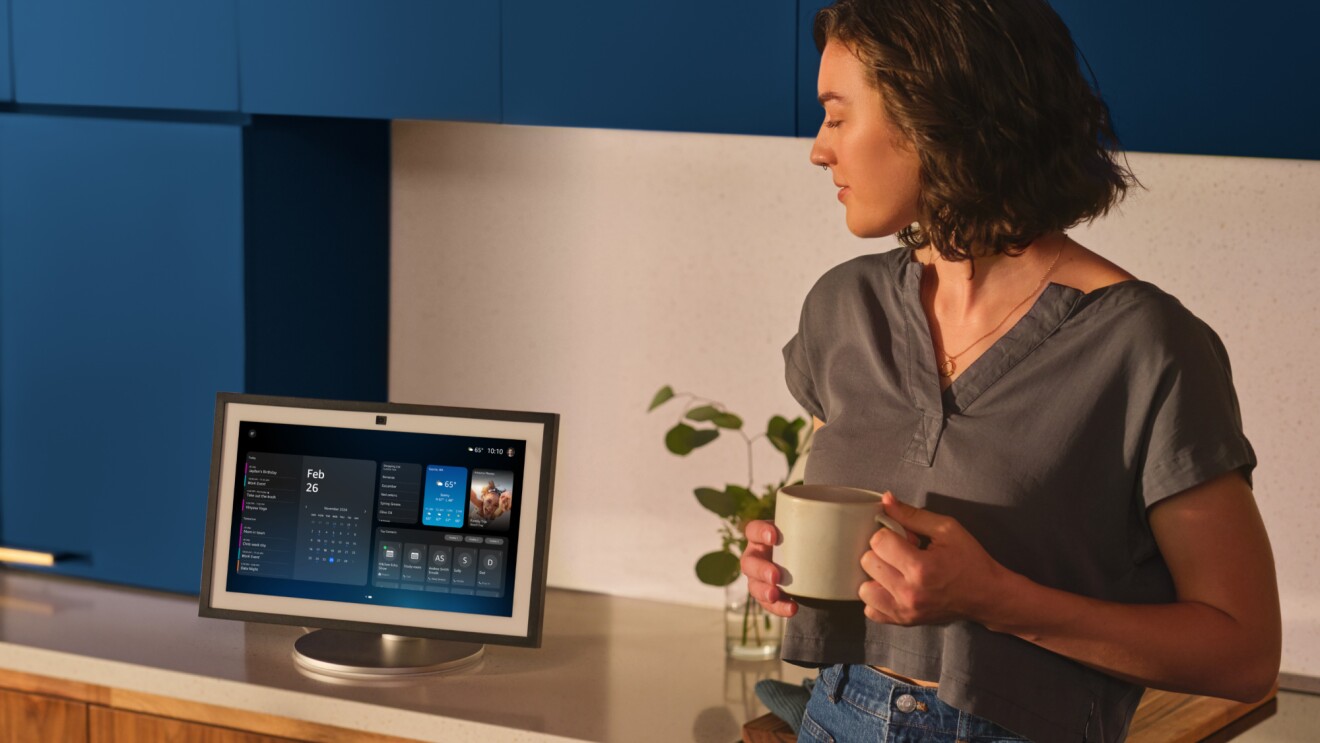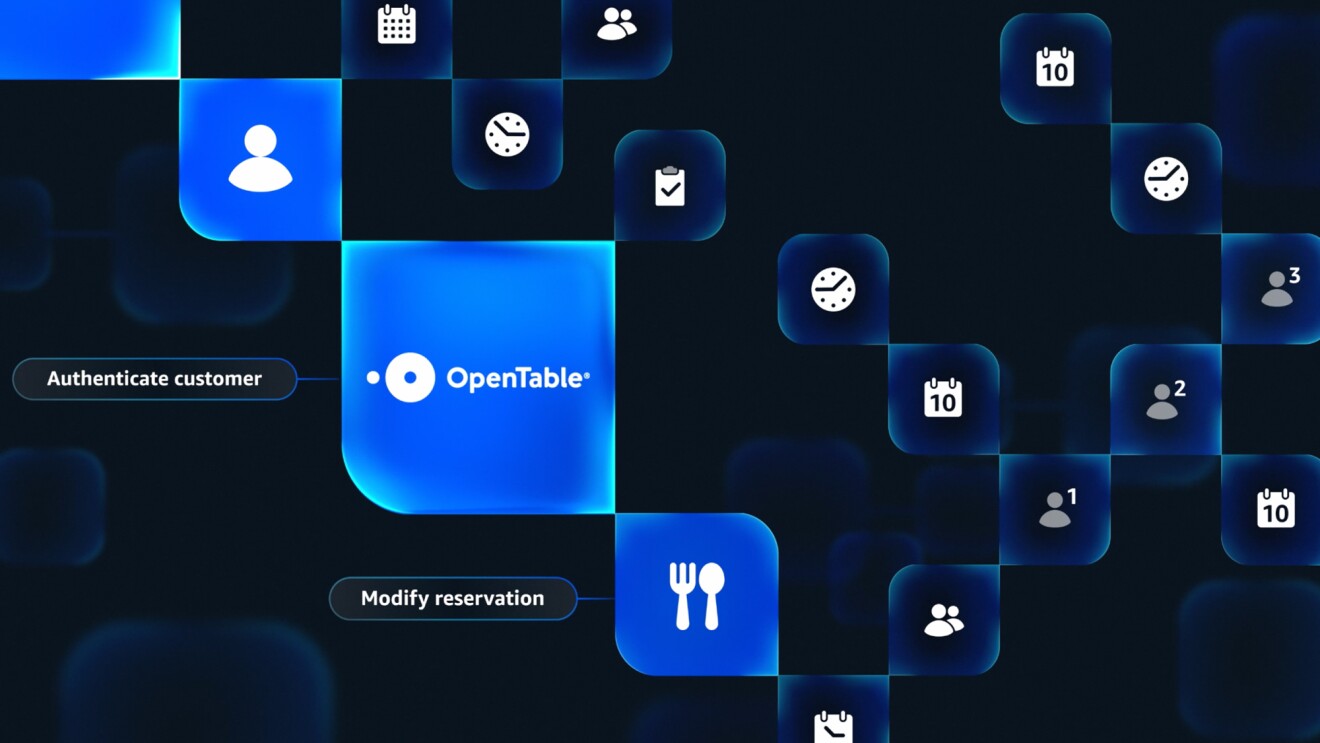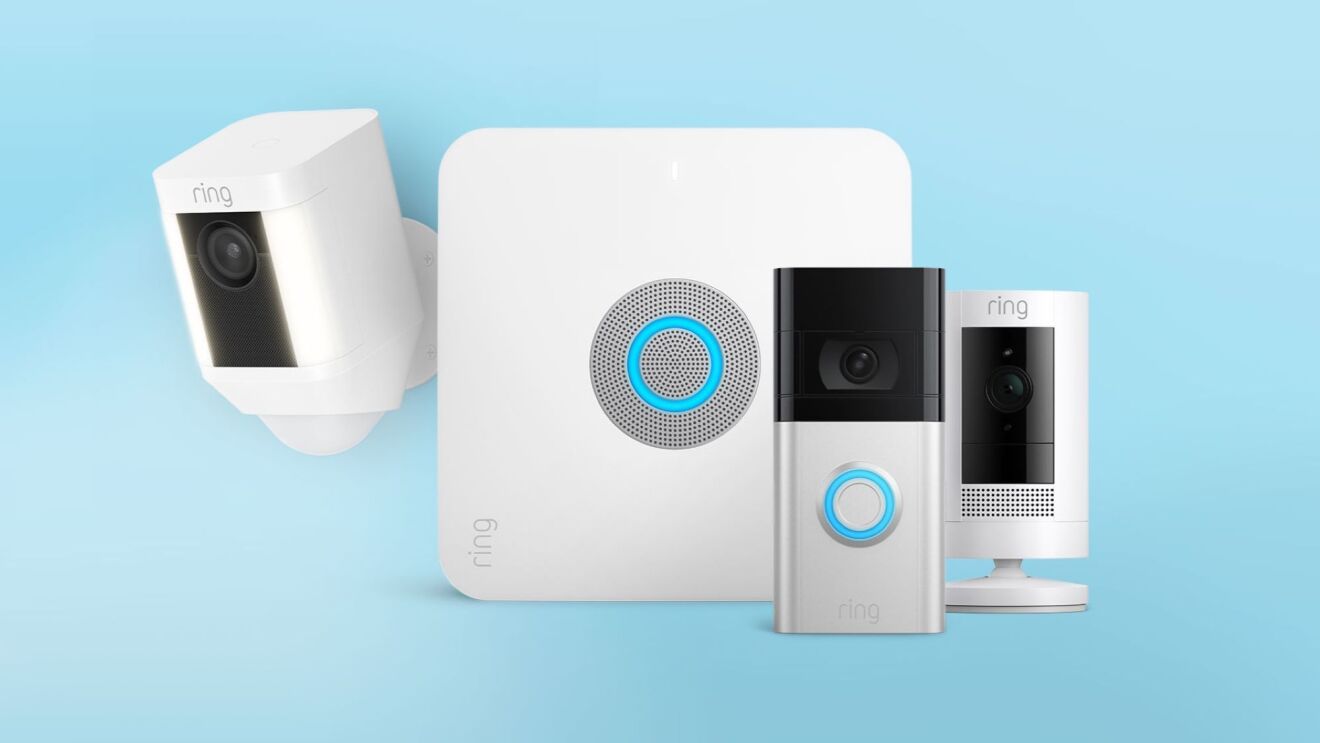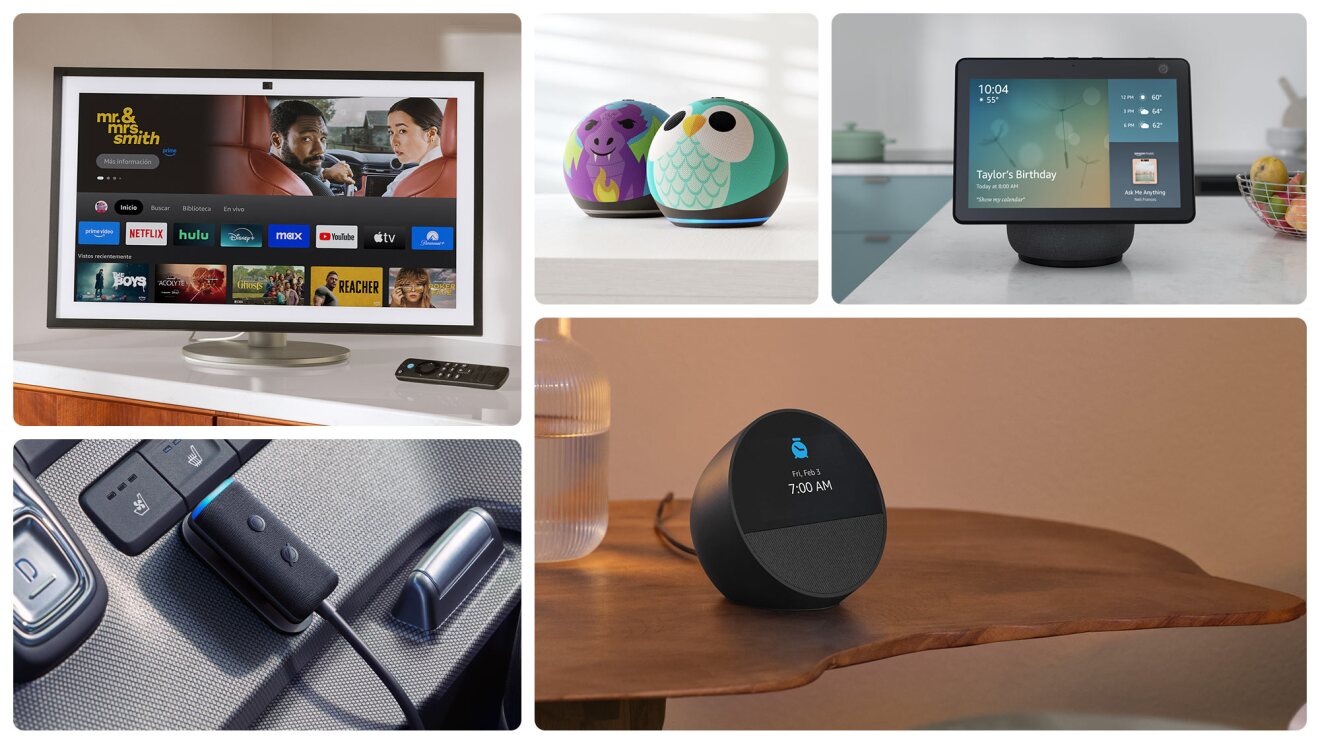Historically, weight has been the go-to metric used to judge how healthy we are. In fact, people often say that “maintaining a healthy weight is the most important thing you can do for your health.” That’s because being overweight or obese presents a risk to your health; it can lead to diabetes, heart disease, and even cancer.[1][2] But weight alone can’t tell you how much of your body is muscle, fat, bones, water, or even the donut you ate for breakfast. Body Mass Index (BMI) is often used as a more reliable measurement of health because it accounts for both height and weight—in fact, it’s commonly used by doctors to screen for certain medical conditions like obesity and to make care recommendations[3]—but BMI can also be misleading because it doesn’t distinguish between muscle and fat. Muscle and bone are denser than fat, so people who are very muscular can end up being classified as obese based on BMI, yet not have much fat. A recent systematic review of over thirty clinical research studies concluded that BMI has serious limitations for use as an obesity screening tool in clinical practice despite its widespread use.[4]
A better metric for health
Body fat percentage (BFP) is a better overall indicator of health and longevity than weight or BMI alone. That’s because, at the most fundamental level, obesity is synonymous with having too much body fat. Medical professionals like myself have known this for some time,[5] but measuring BFP can be difficult, expensive, and inconvenient—even at-home smart scales that try to measure BFP have high error rates.[6] The scales do not measure body fat, but analyze electrical resistance in the body and use equations to convert that to BFP. Based on how hydrated you are throughout the day, this electrical resistance can fluctuate wildly, leading to high errors in BFP.[7]
Body fat percentage (BFP) is a better overall indicator of health and longevity than weight or BMI alone. That’s because, at the most fundamental level, obesity is synonymous with having too much body fat. Medical professionals like myself have known this for some time,[5] but measuring BFP can be difficult, expensive, and inconvenient—even at-home smart scales that try to measure BFP have high error rates.[6] The scales do not measure body fat, but analyze electrical resistance in the body and use equations to convert that to BFP. Based on how hydrated you are throughout the day, this electrical resistance can fluctuate wildly, leading to high errors in BFP.[7]
Then, there are commercial-grade measurement tools like hydrostatic dunk tanks and pods. These are more accurate than at-home smart scales but require access to a trainer or special facility, and each scan costs money. Further, these tools assume a constant density for fat-free mass and do not take into account densities for bone and muscle across users. This assumption often does not hold in practice and limits accuracy.[5]
At Amazon, we believe everyone should have access to important, clinically relevant information about their own health. So, we applied our long-term expertise in computer vision (CV) and machine learning (ML) towards developing “Body,” a feature within Amazon Halo, our new health and wellness membership. With Body, you can easily measure and track your BFP from the comfort and privacy of your own home, using only your smartphone’s camera and the Amazon Halo app.
What is Amazon Halo?
Amazon Halo a new service dedicated to helping you improve your health and wellness. Members can access a suite of AI-powered features through the Amazon Halo app, powered by the comfortable, innovative Amazon Halo Band. Monitor activity and sleep, analyze your body composition and tone of voice, and discover healthy habits that work for you. Halo is available via early access for U.S. customers.
Amazon Halo a new service dedicated to helping you improve your health and wellness. Members can access a suite of AI-powered features through the Amazon Halo app, powered by the comfortable, innovative Amazon Halo Band. Monitor activity and sleep, analyze your body composition and tone of voice, and discover healthy habits that work for you. Halo is available via early access for U.S. customers.
The nerdy stuff
Body is powered by artificial intelligence (AI) developed by our CV and ML team and includes a suite of algorithms that can generate your personalized 3D body model, BFP, and body model slider, a visual of how your body could change as you gain or lose body fat. Here’s how it works:
Body is powered by artificial intelligence (AI) developed by our CV and ML team and includes a suite of algorithms that can generate your personalized 3D body model, BFP, and body model slider, a visual of how your body could change as you gain or lose body fat. Here’s how it works:
First, a deep neural network (DNN) identifies your body and separates it from the background with pixel-level accuracy. This network is trained on hundreds of thousands of images to recognize the body in the photo, regardless of what else is in the camera’s view (pets, furniture, shadows, etc.).
Next, the information is analyzed by another DNN to understand the relationship between images of a person and the physical properties of their body, including body shape and distribution of fat and muscle. This DNN does not directly see body fat but analyzes the details of regions of the body known to be “hot spots” for measuring body fat, like the torso, thighs, and mid-back, as well as the overall shape of your body from the scan images to accurately estimate your BFP.
The shape and appearance of your body in the images is analyzed by a third DNN to generate your 3D body model. Body can remove the distraction of background and personal cosmetic details such as facial expression and hairstyle from the 3D model. This model is personalized to you. Having learned how a human body can vary at different body fat percentages, Body applies this knowledge to your 3D model as part of the body model slider. This allows the slider to show you how your body could change as your body fat changes over time. All of this happens in a matter of seconds and works across variations in the smartphone camera you’re using or the environment you’re in.
How does it compare to other body fat measurement tools?
The BFP measurement in Amazon Halo is as accurate as methods a doctor would use and nearly twice as accurate as leading at-home smart scales. So, if you’re used to getting your BFP from a smart scale, you should expect to see a difference. We tested accuracy using Dual-energy X-ray Absorptiometry (DXA) which is considered the clinical gold standard for body composition and widely used; but these machines would require a doctor’s prescription and could come with an average $80 price tag per scan. We also tested across a wide array of body types, ages, genders, ethnicities, and other demographics. And we’re not done yet—Body will continue to get better and even more accurate over time.
The BFP measurement in Amazon Halo is as accurate as methods a doctor would use and nearly twice as accurate as leading at-home smart scales. So, if you’re used to getting your BFP from a smart scale, you should expect to see a difference. We tested accuracy using Dual-energy X-ray Absorptiometry (DXA) which is considered the clinical gold standard for body composition and widely used; but these machines would require a doctor’s prescription and could come with an average $80 price tag per scan. We also tested across a wide array of body types, ages, genders, ethnicities, and other demographics. And we’re not done yet—Body will continue to get better and even more accurate over time.
How to use Body in Amazon Halo

Whether it’s your bathroom or bedroom, your Man Cave or She Shed, you can take a body scan wherever you’re most comfortable. You’ll need to wear tight, minimal clothing (think a sports bra and bike shorts for women; boxers or briefs for men), tie up your hair, and keep about 4-6 feet of space between you and your phone. Uniform lighting from the front is ideal. When you’re ready, the Amazon Halo app shows you exactly how to stand and guides you through taking four scan images—front, back, and each side.
In seconds, you’ll see your personalized 3D body model, BFP, and body model slider in the Amazon Halo app. It’s that simple! The model gives you a 3D view of your body at the time of that scan. Amazon Halo helps you understand where your BFP stands in relation to people of the same sex and age, and the slider can help you visualize how your body could change as you gain or lose body fat. Keeping the conditions consistent between scans will help achieve the best result. It takes time for your body fat to change. We recommend taking scans every 2 weeks and observe trends over a longer duration to track progress. We were excited to pilot the Body feature with WW members—more than 80 percent said it was a useful or motivational tool in their journey.
Amazon Halo, Body, and privacy
Health is inherently personal, and taking photographic scans of your body is about as private as it gets. That’s why Amazon Halo and Body were built with privacy in mind. Your body scan images are automatically deleted from the cloud after processing. After that, the images and resulting personalized 3D body model are only stored locally on your phone. This means no one but you ever sees them, unless you choose to share them with a friend or coach—or for a future #transformationtuesday post. And, of course, you can download or delete your Body data any time through the Settings tab in the Amazon Halo app.
Health is inherently personal, and taking photographic scans of your body is about as private as it gets. That’s why Amazon Halo and Body were built with privacy in mind. Your body scan images are automatically deleted from the cloud after processing. After that, the images and resulting personalized 3D body model are only stored locally on your phone. This means no one but you ever sees them, unless you choose to share them with a friend or coach—or for a future #transformationtuesday post. And, of course, you can download or delete your Body data any time through the Settings tab in the Amazon Halo app.
You can also opt-into storing your Body scan images in the secure Amazon cloud. We know it takes a lot of sweat—and maybe even some tears—to see changes in your BFP, so we want you to have the option to store your before and afters. You can opt back out any time directly from the Amazon Halo app and your images will automatically be deleted from the cloud.
We’re excited to share this new technology with the world along with the other key features of Amazon Halo that make it easier for you to measure, understand, and improve your personal health.
If you would like to try the Body feature for yourself, you can request early access to Amazon Halo. Be well.
[1] Heymsfield S and Wadden TA. Mechanisms, pathophysiology, and management of obesity. N Engl J Med 2017.
[2] Bluher M. Obesity: global epidemiology and pathogenesis. Nat Rev Endocrinol 2019.
[3] U.S. Preventive Services Task Force. Screening for and management of obesity in adults: recommendation statement. Am Fam Physician 2012.
[4] Sommer I, Teufer B, Szelag M, et al. The performance of anthropometric tools to determine obesity: a systematic review and meta-analysis. Sci Rep 2020.
[5] Padwal R, Leslie WD, Lix LM, et al. Relationship among body fat percentage, body mass index, and all-cause mortality. Ann Intern Med 2016.
[6] Accessed on August 20, 2020. https://www.consumerreports.org/body-fat-scales/body-fat-scale-review/
[7] Borga M, West J, Bell JD, et al. Advanced body composition assessment: from body mass index to body composition profiling. J Investig Med 2018.
[2] Bluher M. Obesity: global epidemiology and pathogenesis. Nat Rev Endocrinol 2019.
[3] U.S. Preventive Services Task Force. Screening for and management of obesity in adults: recommendation statement. Am Fam Physician 2012.
[4] Sommer I, Teufer B, Szelag M, et al. The performance of anthropometric tools to determine obesity: a systematic review and meta-analysis. Sci Rep 2020.
[5] Padwal R, Leslie WD, Lix LM, et al. Relationship among body fat percentage, body mass index, and all-cause mortality. Ann Intern Med 2016.
[6] Accessed on August 20, 2020. https://www.consumerreports.org/body-fat-scales/body-fat-scale-review/
[7] Borga M, West J, Bell JD, et al. Advanced body composition assessment: from body mass index to body composition profiling. J Investig Med 2018.

